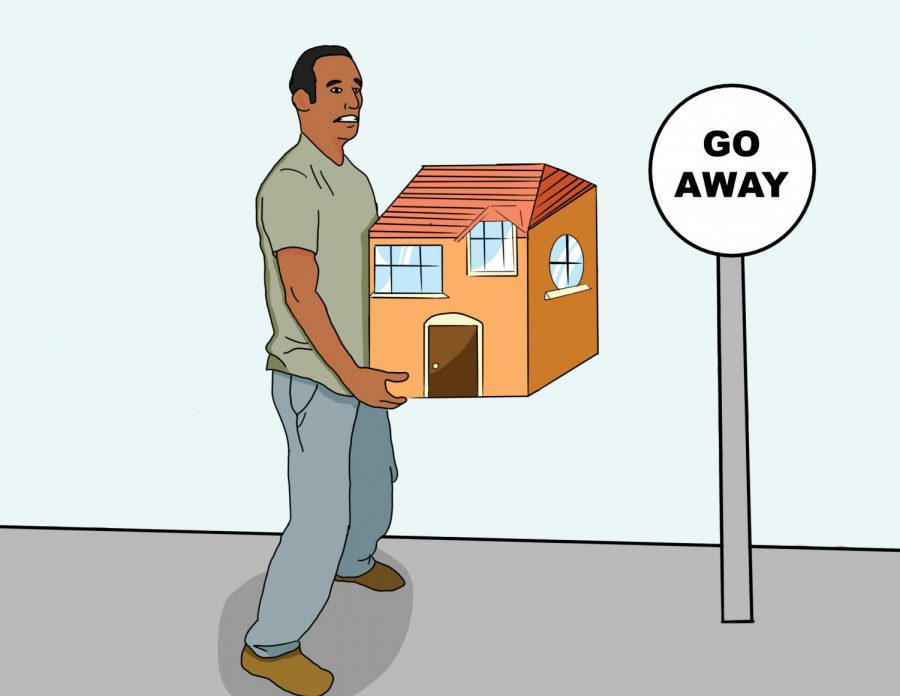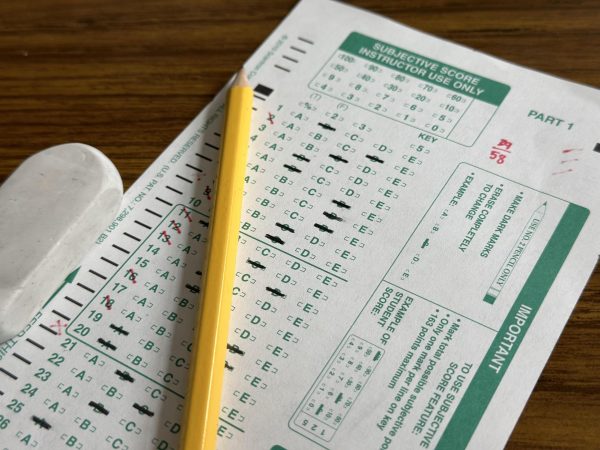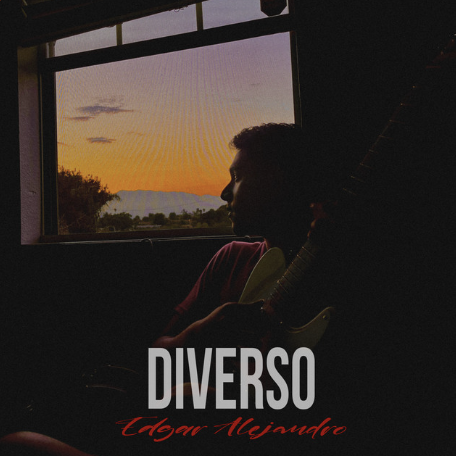Driven Out of San Leandro
February 14, 2019
As diverse as our city of San Leandro is today, who would’ve thought that it was actually one of the most racist cities in history? The city was 97.0% white in 1970, and the people of San Leandro were less than welcoming to people of other ethnic groups. Personally, my family, who is African-American, has experienced racism in this city.
My grandmother recounted a memory of her own experience of being driven out of San Leandro. Sometime in the 70s, she made the move from Oakland to San Leandro with her four children. Upon moving here, she and her children were immediately greeted with cold stares and given a rent unbelievably expensive for the time. She accepted it for a while until she couldn’t anymore and eventually was forced to move back to Oakland. This is just one story of many.
Housing discrimination and gentrification was, and still is, a prominent part of Bay Area history and although it was widely known, not much was done about it for a while. So the question is, how was San Leandro able to get away with this for so long?
It’s easy to see that many realtors and owners of the San Leandro area actively conspired to keep blacks out. In the San Leandro documentary “The Suburban Wall,” a black couple that appears anonymously in the documentary make a point of how difficult it was to find a home. They told of the many excuses and disappointments they faced from realtors.
This constant running around would make anyone want to give up. That was the strategy. San Leandro’s reputation also aided in keeping it a predominantly white neighborhood. When it came to moving, San Leandro was not even considered by most black people. They understood that if they even attempted, they would be shown some of the worst homes in the area or they wouldn’t be shown any at all. Simply put, people don’t go where they are not welcome.
Despite everything, it’s incredible that our city eventually turned out to be what it is now. To go from one of the most racist cities in America to the most diverse is a huge jump, and even though we are a far cry from what we were, we must not forget.
Looking back at history and analyzing the mistakes we’ve made is very important. This is how we don’t make those mistakes again. This is how we grow and change for the better. Remembering our past only leads to an even better future.







